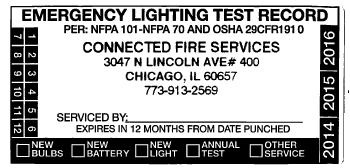Learn about
Emergency Lights, Exit Signs, Stairs Signs
Similar to fire extinguishers, failing to maintain these systems can expose a Board of Directors or commercial property owner to significant legal risk. The types of emergency lighting units available and the associated maintenance requirements are discussed on this page.
Emergency Lights
Exit & Stairs Signs
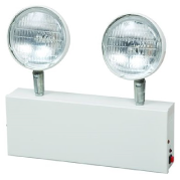
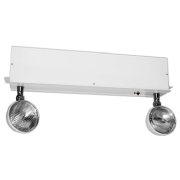
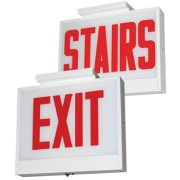
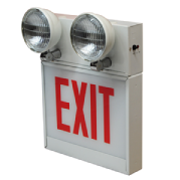
Maintenance & Certification Requirements
The legal servicing requirements are the same for emergency light units and exit signs. Since these units utilize a battery backup system to provide illumination in the case of a power outage, each must be fully tested on a regular basis. This testing helps to ensure that the unit will function correctly if an emergency occurs.
We track and monitor the required service dates for our clients' emergency lighting systems. When servicing is due, we pro-actively contact the client to schedule a convenient time for our technician to visit the property and perform the required servicing. (We service all of the building's fire safety equipment, including fire extinguishers, during the same annual service visit.) The servicing steps are below.
Annual Maintenance - Each year our technician will perform the following:
- 90-Minute Load Test: test to ensure battery can carry a full load for a minimum of 90 minutes.
- Battery Charging System Test: test to ensure the fixture’s charging system is properly charging the battery.
- Battery Voltage Test: battery output is tested for proper voltage.
- Examination of Leads and Terminals: ensures proper connections.
- Lamp Check: each light is checked for physical damage.
- Alignment: beam of each light is checked and adjusted for proper alignment.
- Power and Bulbs: AC and bulbs are tested, replacement of bulbs performed if necessary.
- Cleaning: clean the unit to maintain appearance and extend fixture life.
- Replacement: replacement of faulty units (only as needed).
- Testing Label: units passing inspection will be certified and a testing label will be attached.
- Inventory Report: results of all testing and equipment compliance recorded in a report that is provided to the customer, uploaded to the Fire Safety Portal, and maintained on file.
In Chicago, this detailed service record must be prepared and retained for 10 years.
Determining if existing equipment is “up to date”
After a technician has performed the annual servicing of an emergency lighting unit, he or she will apply a certification label to the side of the unit. Similar to the certification tags used for fire extinguishers, the technician will “punch” the month, year and type of service performed on the label. The company and technician details will also be listed. The label is good for one year from the service date listed.
